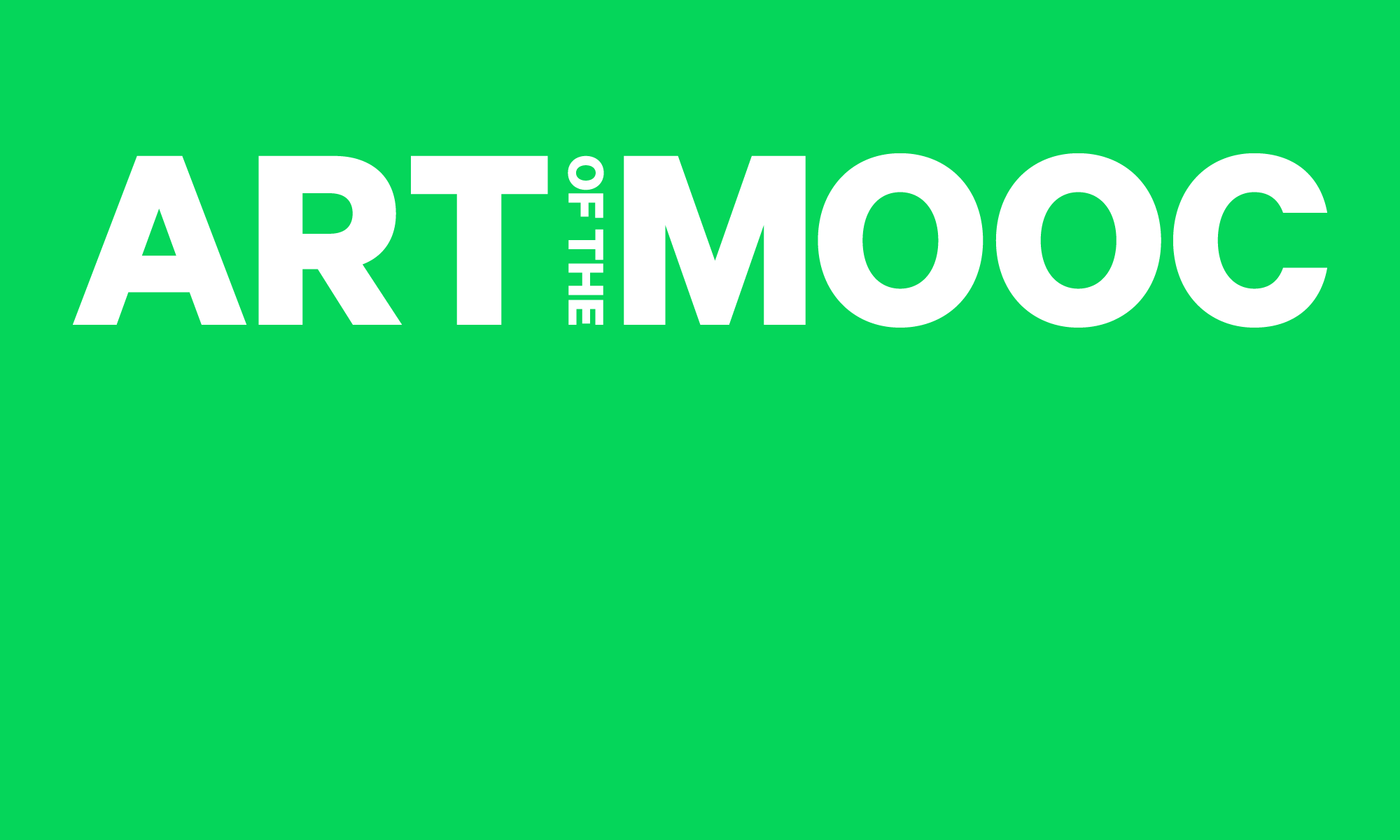In my last wiki entry, I stressed the importance of involving one’s audience and other factors like location and geopolitics in art installations. These lectures took that idea a step further, adding another function of art – to spread a social message, both to one’s audience and to the world at large.
Womanhouse was a project located inside a dilapidated mansion that was only open to women on the first day of its exhibition. It contained feminist art and also featured performance pieces within some of the rooms. This brings audience involvement to a new level – instead of the piece simply drawing a reaction from its viewers, it invites them to actually learn something about a social movement. Art is at its finest when it conveys some message because it truly has a purpose. It is one of the most effective mediums at creating social change because unlike a Powerpoint presentation or some display of facts, it creates genuine emotions in the viewer. One “performance piece” that the lecture reminded me of is the self-immolation of Thích Quảng Đức. He set himself on fire in the middle of a street to protest the South Vietnamese government’s persecution of Buddhists. It seems strange to call this art, but it is serving the same purpose as all of the other pieces in this lecture – it invokes the emotions of the public to bring about social change. It was actually incredibly effective at this, since a public suicide is about as extreme an act as one can perform.

